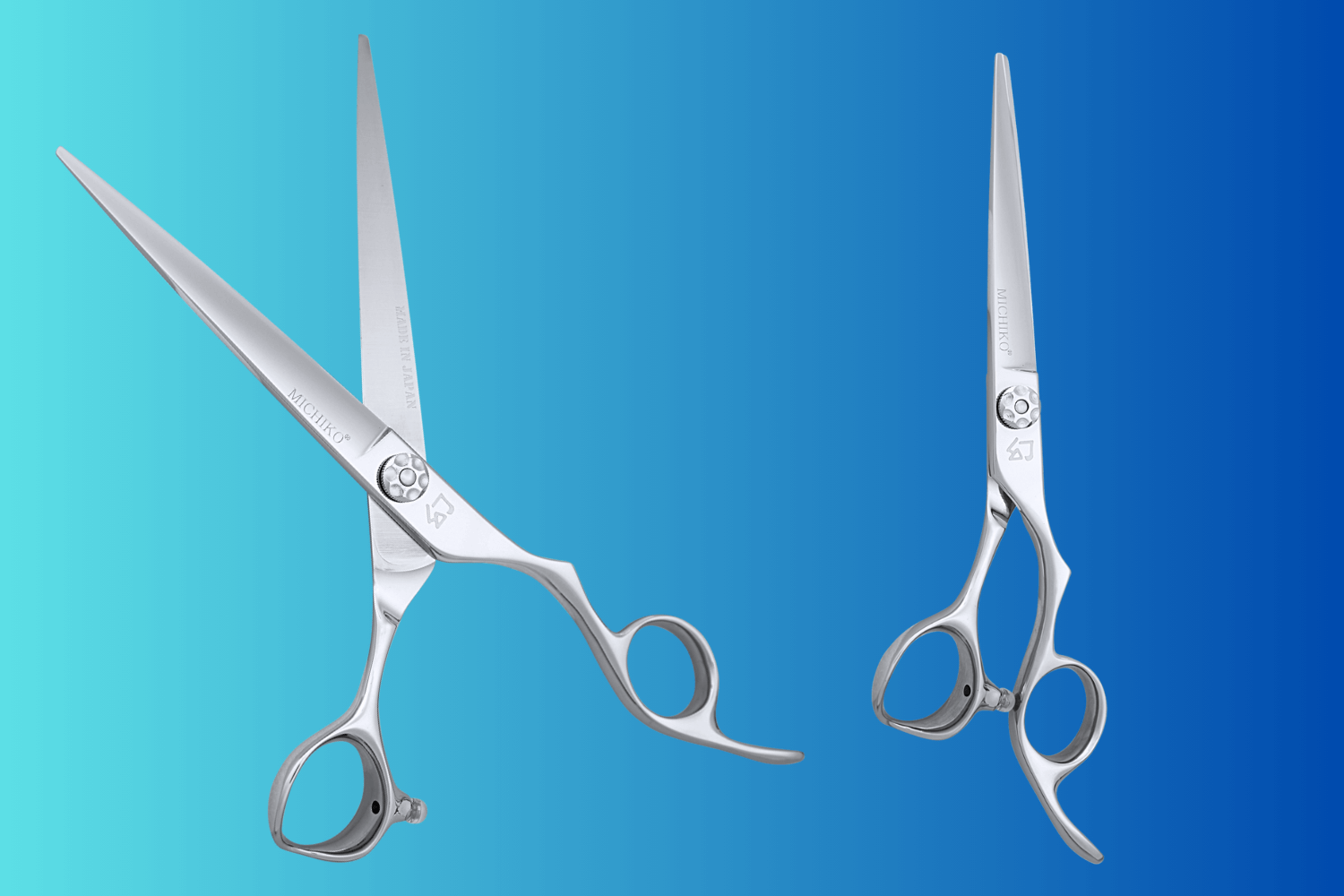Fine-Tune Your Flow: How to Set Shear Tension Like a Pro

Why Shear Tension Matters
Shear tension affects every cut you make. If your shears are too tight, you’ll tire your hands. Too loose, and they’ll fold hair instead of slicing it cleanly. Proper tension ensures a smooth, precise performance and helps extend the life of your blades.
Signs of Incorrect Shear Tension
Too Loose:
-
Hair bends or pushes instead of cutting
-
Blades feel wobbly
-
Excessive wear near the tip
Too Tight:
-
Resistance when closing the shears
-
Quick hand fatigue
-
Blade damage over time
The Tension Test: How to Check
-
Hold your shears vertically with the tips pointing up.
-
Open the blades fully.
-
Let one blade drop.
-
Ideal tension: The blade should close halfway, stopping around the 45° mark.
If the blade slams shut — it’s too loose. If it barely moves — it’s too tight.
How to Adjust Shear Tension

For Click-Dial or Thumb Screw Tension Systems:
-
Rotate the dial or screw clockwise to tighten.
-
Rotate counterclockwise to loosen.
-
Make small adjustments and retest frequently.
For Flat Screw Tension:
-
Use a tension key or small screwdriver.
-
Tighten or loosen gently in small increments.
Pro Tips for Tension Maintenance
-
Check tension weekly (or daily if you’re busy behind the chair).
-
Always clean your shears before adjusting — hair or grime can affect balance.
-
Store shears in a case to prevent accidental drops, which can throw off tension.
When in Doubt, Ask a Pro
Still unsure? A sharpening specialist or trusted supplier can help you dial in the perfect setting. Some shears are finely tuned at the factory, and improper adjustment may void warranties.
Final Word
Correct shear tension protects your hands, your scissors, and your clients’ hair. Take a minute to fine-tune your tools — and your craft will thank you for it.




